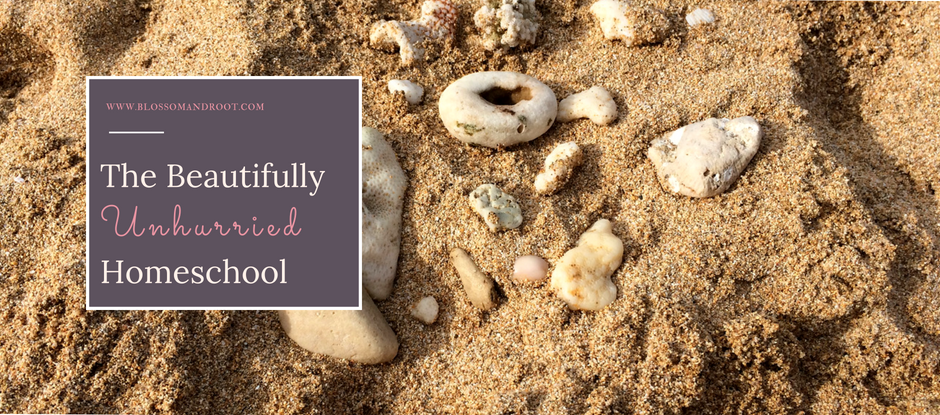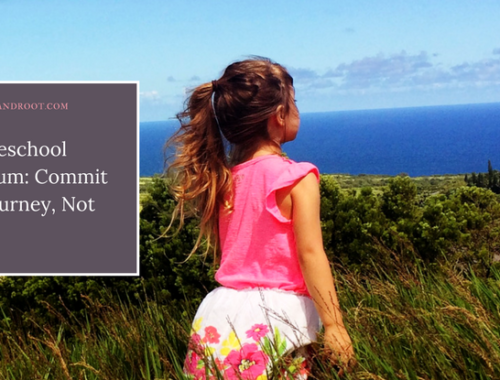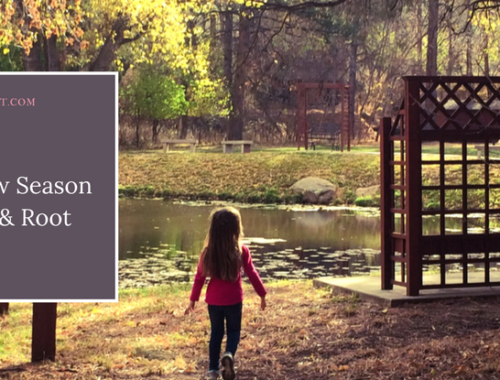This post may contain affiliate links. Please read my disclosure statement for more information.
I don’t know about you, but I spend a lot of time (I mean a lot) thinking about homeschooling my children. It goes in waves–for a few months, I feel like I’ve got everything figured out and have cracked the code for what works. We’ve got a steady rhythm going, they’re engaged and enjoying themselves, and I feel good about where we are. But then we come down the other side of the wave and I start wondering, researching, reading blogs of how others are doing things, and for the next several months, I’m in tweaking mode, trying new things and second-guessing myself. Are we doing enough?
I didn’t have this problem when I taught kindergarten in a small school, years ago. I set my plans up before the year started, and we (more or less) followed them exactly as I’d prescribed. I didn’t read the blogs of other kindergarten teachers and wonder if my classroom should look a little more like theirs. I didn’t spend hours debating between math curricula in my head. I didn’t wonder if we were doing enough. But perspective changes when your only pupils are the people you love the most in the world.
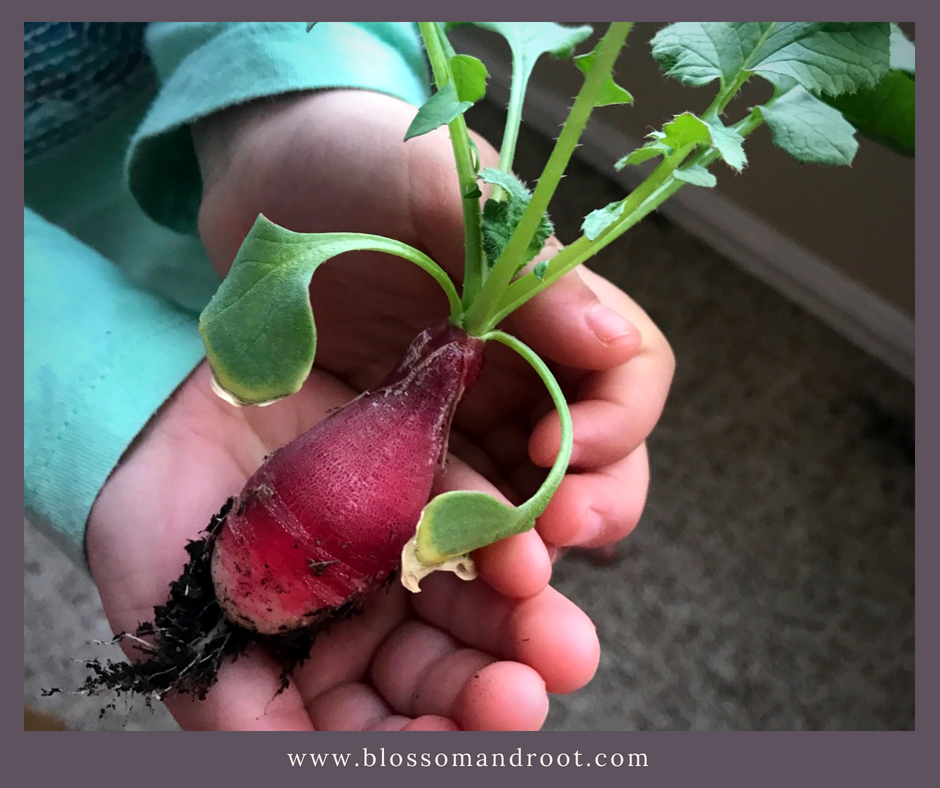
These past three months have been especially wobbly. You see, my oldest is shifting into first grade territory in the fall. For some reason, this triggered a whole mess of anxiety around serving her needs adequately. It’s like some foreign entity took over my brain, one that barked on and on about getting serious. Or maybe it’s the ghost of public school past. Because that’s exactly where that mindset comes from–the idea that one day, a child is six and she can spend most of the day playing outside and making little books in her room, but the next day she’s in first grade and it’s time to be serious.
Do you know what saves me from careening down that wave at break-neck speed during those periods of doubt? What pulls me out of that tail-spin and centers me again? What got me out of this “first grade is coming, you’d better get serious” nonsense? It’s taking a deep breath and asking myself why I decided to homeschool in the first place. It’s remembering the bigger picture. It’s making a over-sized mug of chai, sitting down with my journal, and writing down what matters the most to me when it comes to the education of my children. It’s centering my thoughts around what works for us. The chai helps. So do Brave Writer blog posts and podcasts.

When we decided to homeschool our daughters, one of the biggest motivating factors was the ever-decreasing duration of childhood in public education. We wanted our daughters to have a rich, unhurried childhood filled with wonder and deep connections to the things they were learning. We wanted them to spend entire afternoons knee-deep in a pond, or snuggled on the couch listening to us reading, or wandering around an art museum. We wanted them to have permission to go deeper when something fascinated them. We wanted them to take their time growing up, to learn the way children do naturally, and to be exposed to nature study and art as much as reading and math.
We did not want them sitting in a classroom, indoors, for six to eight hours a day. We did not want them to feel “less than” should they develop understanding at a slightly slower rate than the system’s timeline had dictated. We didn’t want their learning to be constantly hindered with pressure or worry about whether they were enough.
Last fall, for about four months, my oldest went to a charter school kindergarten in the afternoons. We were in a season of life where this seemed to us like something we had to do. I homeschooled her in the morning, mostly finger-painting and card games, and she went to the charter school for about three and a half hours in the afternoon. Those four months were enough to seal the deal for homeschooling permanently for us.
The Dots
You see, in this classroom, the teacher gave out “dots” of a certain color, depending on how your performance was for the day–nothing out of the ordinary for a typical classroom. If you had a good day, you got a green one. If you had an “iffy” day, it was yellow. A bad day was red. If you had an excellent day, you got a blue dot. Everyday, my daughter would bring home a folder that showed what dot she got and I had to sign the line below it. Again, nothing out of the ordinary.
But my daughter is a perfectionist–a hard-core, nothing-less-than-perfect-will-do, people-pleasing perfectionist. Day after day, I would pick her up from school and I would ask her how school was, what she learned, did she have fun, etc. And day after day, the reply centered around those dang dots. “I got a green dot again.” “Another green dot.” (Deep sigh) “Just a green dot.”
One day, she got a blue dot. She was so excited to tell me, but a breath or two later, she reluctantly confessed that everyone had gotten a blue dot that day. On another day, as she slumped into the car, I asked her what was wrong. She sobbed. “I do my best every day. I get all of the answers right. I’m kind and use my manners, follow all the rules, do my best work, but I still don’t get a blue dot. I’m never good enough.”
Aaaaand that’s when I slapped the terminate sticker on the charter school trial. My bright and curious daughter never talked about what she’d learned. Her ten-minute recess (yes, ten minutes–and this was kindergarten) didn’t afford her the opportunity to really play with her classmates, so she never talked about that. There was no play to be had in the classroom either, no kitchen set or art corner or anything resembling what I understood a kindergarten classroom to look like. No–it was all about the dots.
Did I want my daughter to go through the beautiful journey of education thinking she wasn’t good enough because of a stupid dot? Nope. I did not.
I want her to LOVE learning, to SEEK learning, no matter how old she is. I want her to establish her own inner barometer for what it means to be her best, and to know that she will have days where that doesn’t happen and that is okay. I want her to love herself enough to give herself grace on those days, and to cheer for herself on the days when she nails it. I want her to play hard–not just for ten little minutes. I want her to take her time growing up.
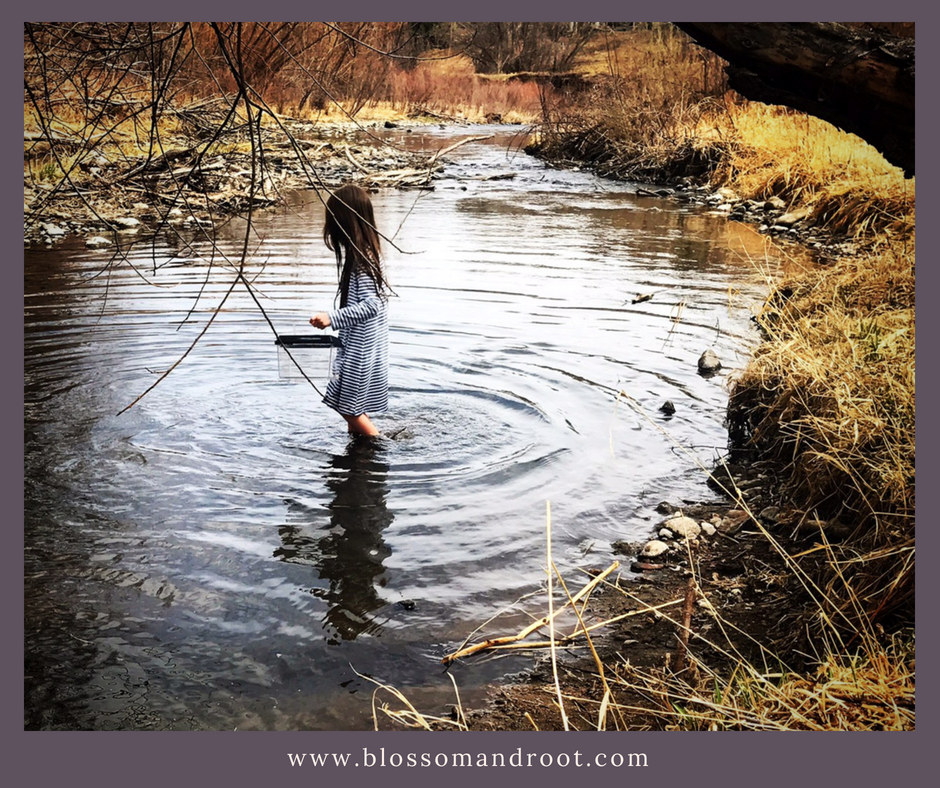
I think about those dots whenever those plunging-wave cycles start to happen. I think about her face that day in the car, and her voice when she told me she was never good enough. That’s all it takes to set me right.
We are not in a hurry. Education does not expire when you turn eighteen. You don’t have this limited amount of time to smash it all in and declare that you’re done, you’ve reached the pinnacle of learning, and you’re good enough for the real, grown-up world outside.
We have time–time for tide pools, time for following month-long rabbit holes, time for poetry tea parties, time to work through things when we get stuck and time to zoom ahead when we’ve already nailed it. Dots don’t determine our worth, our goodness, or our commitment to education.
We are in one big unhurry around here, and that is exactly the way we like it.
Get Your FREE Trial Issue of Book Seeds By Blossom & Root!

This FREE issue, inspired by the book The Three Sunflowers by Janet Lucy, includes two weeks of activities including nature study, STEAM, art project, recipe, and exploring language and poetry. Suitable for ages 3 - 8. Grab yours today!

